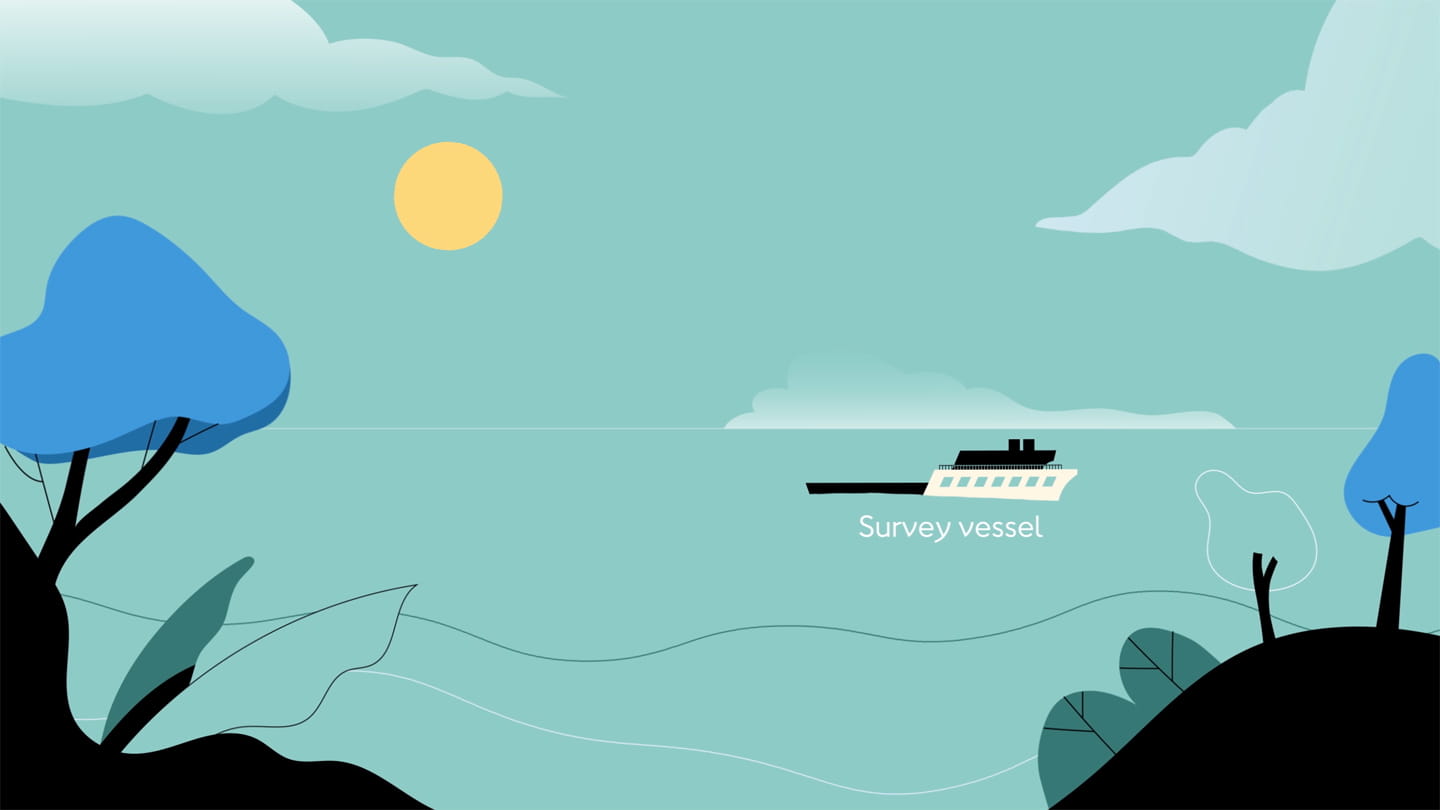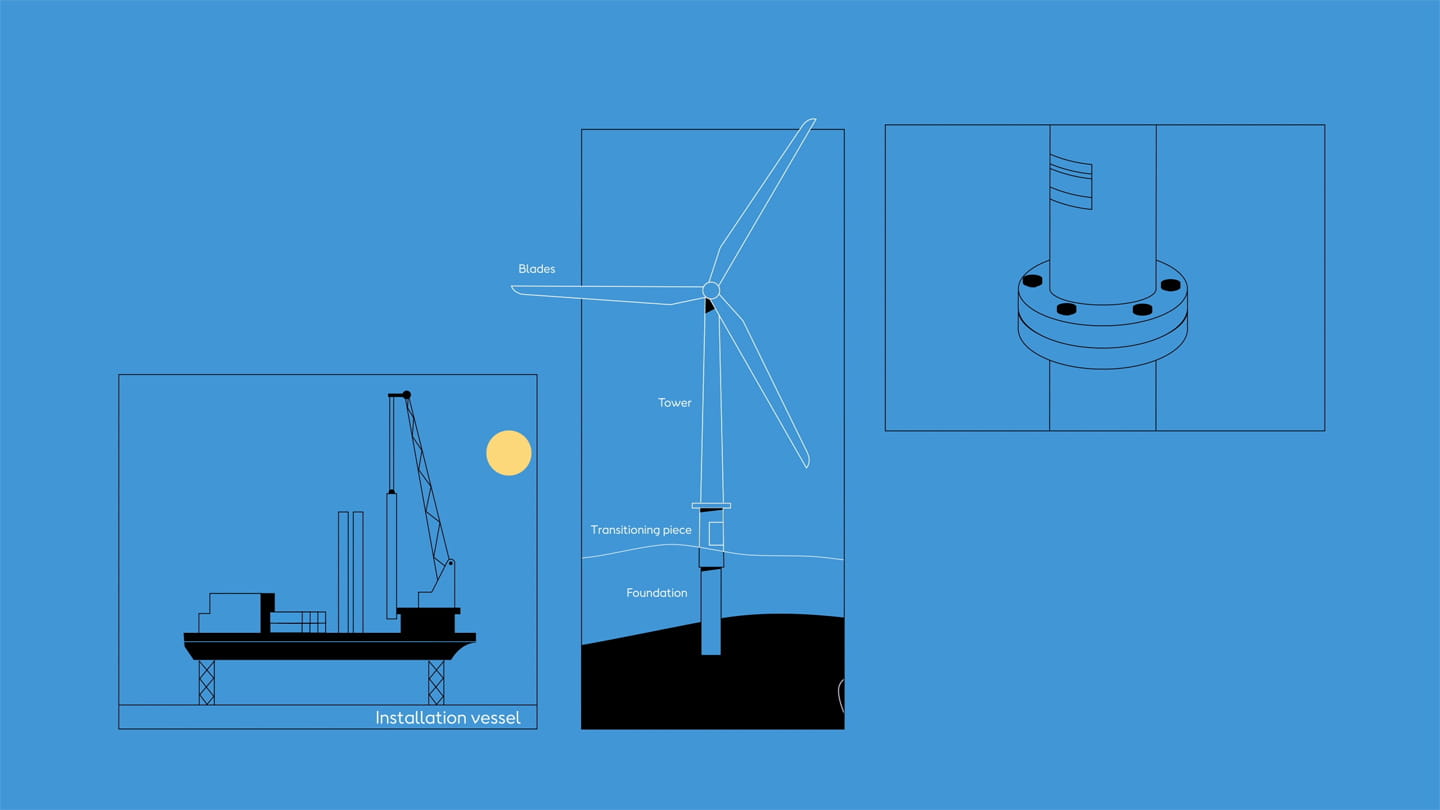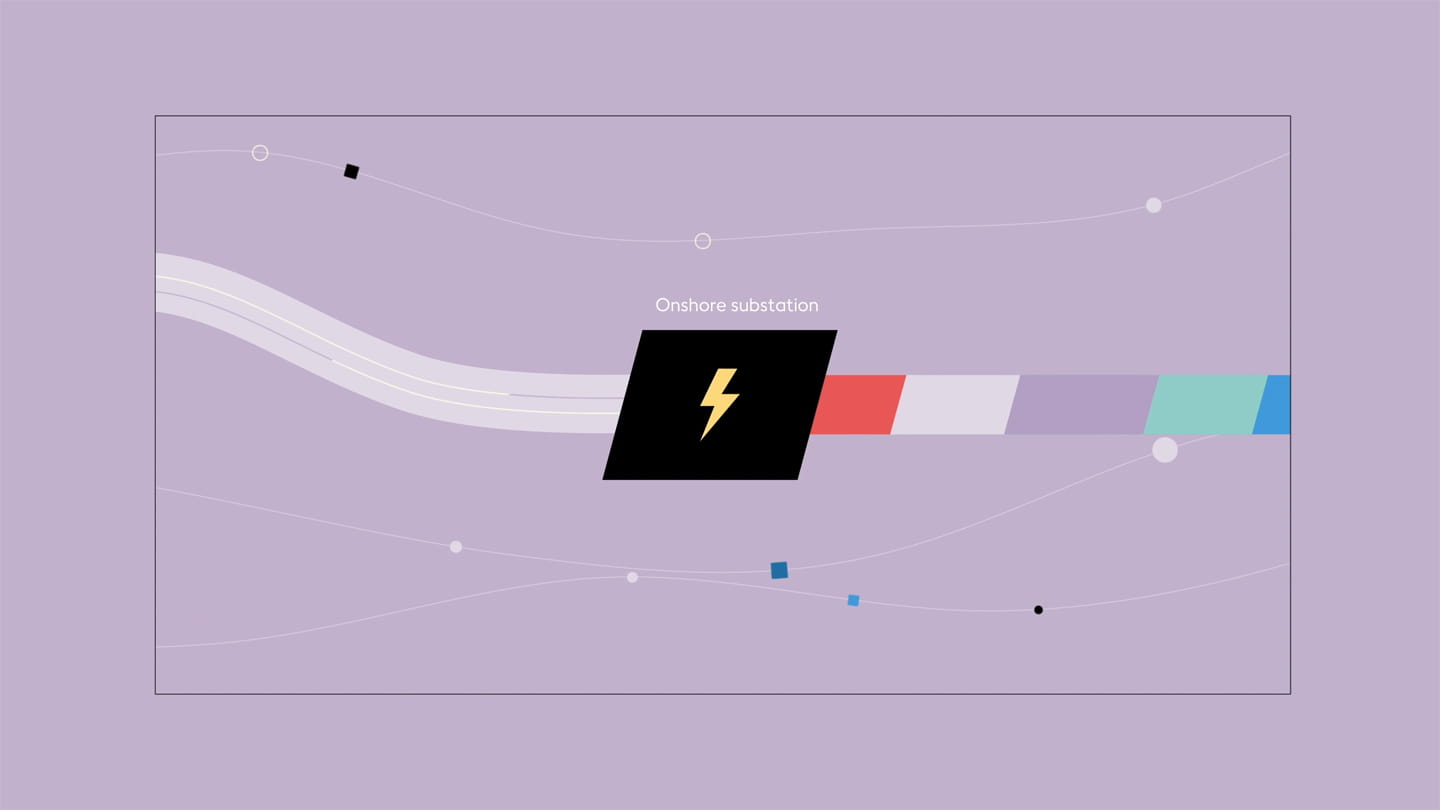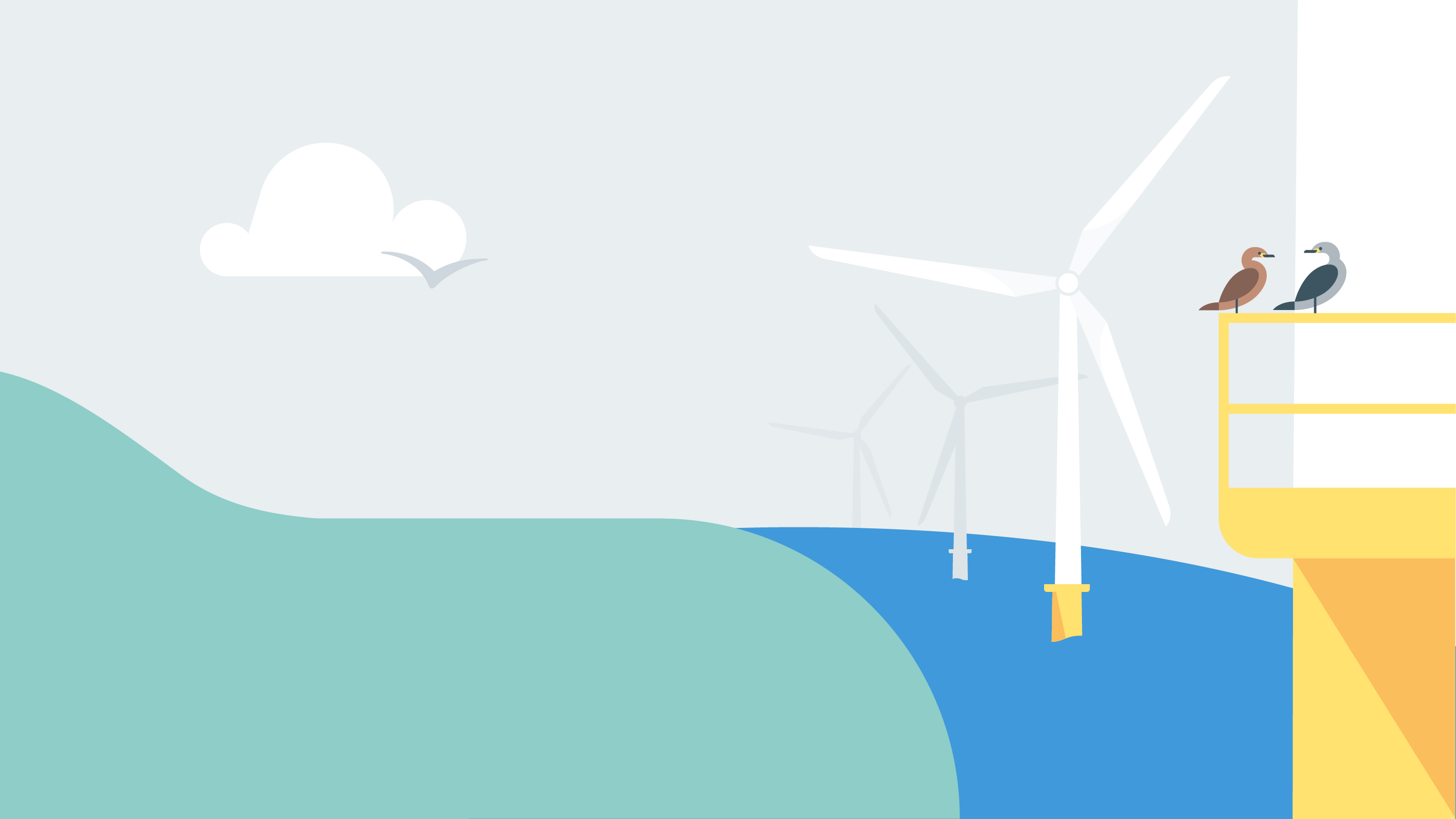Understanding how offshore wind farms are constructed
Offshore wind plays an important role in helping meet our growing energy demands and climate goals. Therefore, meaning it is vitally important we construct offshore wind farms as efficiently and responsibly as possible.
As a global leader in offshore wind with more than 30 years’ experience, we have deep technical skills needed to lead the buildout of the American offshore wind industry. And since offshore wind is an emerging technology in the U.S., we know it’s important to understand how exactly we build these projects and bring clean, reliable energy to local homes and businesses.





